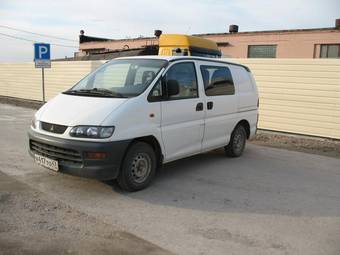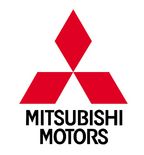2000 Mitsubishi L400
Photo #3 - Enlarge photo 640x480

Photo Information (Width: 340px, Height: 255px, Size: 12Kb)
Mitsubishi L400 Problems
Mitsubishi L400
1998, IT FAIL TO START AFTER IT RUN OUT OF
FUEL.WE REFUEL IT BUT IT CAN NOT START.WE ALSO
CHAN...
Trouble shooting l 400
1998, engine stops running when driving under
rain. Ones water splashes excessively at front
o...
| Engine size - Displacement - Engine capacity: | 2500 cm3 |
| Transmission Gearbox - Number of speeds: | Manual |
| Fuel Type: | Diesel |
| Drive wheels - Traction - Drivetrain: | FR or RR |
| Price (out of date): | $9689 |
2000 Mitsubishi L400 specs, Engine size 2.5l., Fuel type Diesel, Drive wheels FR or RR, Transmission Gearbox Manual
|
Thanks to these alliances it benefitted strongly in the 1970s and '80s, increasing its annual production from 250,000 to over 1.5million units. But its strong presence in south-east Asia meant it suffered more than most of its competitors in the aftermath of the 1997 East Asian financial crisis, and since then the company has struggled to consistently increase sales and maintain profitability. Mitsubishi's automotive origins date back as far as 1917, when the Mitsubishi Shipbuilding Co., Ltd. introduced the Model A, Japan's first series-production automobile. An entirely hand-built seven-seater sedan based on the Fiat Tipo 3, it proved expensive compared to its American and European mass-produced rivals, and was discontinued in 1921 after only 22 had been built. In 1934, Mitsubishi Shipbuilding was merged with the Mitsubishi Aircraft Co., a company established in 1920 to manufacture aircraft engines. The unified company was known as Mitsubishi Heavy Industries (MHI), and was the largest private company in Japan. MHI concentrated on manufacturing aircraft, ships, railroad cars and machinery, but in 1937 developed the PX33, a prototype sedan for military use. It was the first Japanese-built passenger car with full-time four-wheel drive, a technology the company would return to almost fifty years later in its quest for motorsport and sales success. » Read More About Mitsubishi |








